[vc_row][vc_column][penci_container][penci_column width=”11″][vc_custom_heading text=”Fiji’s best nature-based activities” font_container=”tag:h1|font_size:42|text_align:center|color:%233a3a3a|line_height:1.2″ google_fonts=”font_family:Playfair%20Display%3Aregular%2Citalic%2C700%2C700italic%2C900%2C900italic|font_style:400%20regular%3A400%3Anormal” css=”.vc_custom_1635977598878{padding-right: 50px !important;padding-bottom: 15px !important;padding-left: 50px !important;}”][vc_separator color=”custom” border_width=”3″ el_width=”10″ accent_color=”#d89145″][vc_column_text css=”.vc_custom_1635978228655{padding-right: 50px !important;padding-left: 50px !important;}”]When serial adventurer and author Paul Theroux lobbed into Fiji while paddling the Pacific he observed in The Happy Isles of Oceania that ‘loud laughter was the Fijian way of conveying the bad news that something was impossible.’ It’s hard to imagine good-natured Fijians being disagreeable. Along with their trademark ‘Bula’ greeting, Fijians are known for warm hospitality – wide-mouthed smiles that invariably precede laughter.
Their easy going nature almost guarantees that a Fiji holiday is going to be good fun. Toss in an island archipelago with an abundance of natural beauty and Fiji’s heart and you’ve found Fiji’s heart and soul. Here’s our top picks for getting your nature fix in a tropical paradise.
Hike to the Wailing Rock & send a message on the coconut telegraph
Long before mobile phones dominated our lives, Fijian warriors were using nature’s own coconut telegraph to communicate. Using a hollow wooden log Tui Lawa elders would strike a wailing rock called Vatu Tagi, much like a drum and which has a distinct ringing sound, to send messages during times of war. The sound would reverberate around Malolo Island, informing elders to convene for a chiefly meeting.
There’s a Fijian saying that translates to ‘Malolo is where the sun comes to rest’ based on a belief that it appeared that the sun was resting as it set behind Malolo Island. The wailing rock is located on a large rocky outcrop high atop the summit of Malolo and is accessed via a narrow track. The hike is popular as a pre-breakfast appetiser or at dusk to witness the sun rest upon the Pacific Ocean.
Get there from Malolo Island Resort
Celebrate an ancient turtle calling ceremony
Villagers at Namuana Village on Kadavu Island perform an emotional sacred turtle calling ceremony high on a headland above Udelevu beach. Legend has it that a princess and her daughter were out fishing when they were captured by warriors and tossed into the boats’ hold. When a storm threatened to capsize the vessel the women morphed into turtles and escaped.
Today, colourfully dressed women summon their descendants by dancing, chanting and singing to call turtles home. When a turtle surfaces and makes its way shoreward the laughing, singing and chanting reaches fever-pitch as the whole village celebrates the reappearance of their ancestors.
Get there via a Lau Island Cruise with Captain Cook Cruises[/vc_column_text][vc_single_image image=”14913″ img_size=”large” alignment=”center”][vc_column_text css=”.vc_custom_1635978474296{padding-right: 50px !important;padding-left: 50px !important;}”]
Get castaway on an uninhabited island
Tom Hanks along with his bearded bedraggled character Chuck Nolan have a lot to answer for. Ever since he washed up on uninhabited Modriki Island (also known as Monuriki) after a plane crash, travellers have been flocking to the island he was marooned on in the 2000 movie Cast Away. It’s understandable. Beyond the obvious ‘Insta boasting-worthiness’ of the islands serene beauty, a forest clad peak tumbling into a swathe of white sand kissed by an emerald sea are the drawcard. Snorkelling, swimming, beachcombing and daydreaming of an uncomplicated life on a tropical island keep most visitors enthralled.
Get there on a day trip from Likuliku Island Resort.[/vc_column_text][vc_single_image image=”14915″ img_size=”large” alignment=”center” css=”.vc_custom_1635978527711{padding-right: 25px !important;padding-left: 25px !important;}”][vc_column_text css=”.vc_custom_1635978569870{padding-right: 50px !important;padding-left: 50px !important;}”]
Wash away your cares in a therapeutic mud bath
There’s no denying the allure of therapeutic warm spring-fed mud pools at Sabeto Mud Baths. Fed by geothermal spring water from an inland volcano, the outdoor baths have a distinct sulphuric aroma typical of therapeutic pools.
The mud bath ritual is not for the squeamish. Wearing a swimsuit (tip: do not wear white!) visitors step into the warm muddy waters of a small pool as soft mud squishes between their toes. After soaking in tepid waters bathers are then lathered in mud the colour of dark chocolate and the texture of clotted cream. It’s then a matter of standing around in the sun for around 20 minutes while the mud bakes firm and dry. Then it’s back into the pool to wash away the mud before hopping into a much cleaner and larger pool to soak away your cares (and any remaining mud).
Is the mud bath therapeutic? It’s hard to say, but it’s certainly good clean (eventually!) fun. It’s certainly relaxed in true Fijian style.
Get there by private car from Nadi or Lautoka
Hike to waterfalls in the rainforest
There is no better place to cool down from tropical heat than in a fresh water pool fed by a tumbling waterfall. Head to Tavoro Waterfalls in the Bouma National Heritage Park on Taveuni Island where a three-hour hike will take you to three waterfalls. The first swimming hole is a mere ten minutes from the trail head and has a large pool fed by a waterfall plunging about 25 metres. Leave the crowds behind and carry on hiking the forest trail where you’ll come to two more falls and swimming holes. The smallest waterfall has a pretty pool at its base inhabited by fresh water prawns. The trail can get a bit overgrown and slippery so sturdy hiking shoes are a must.
Nearby Lavena Coastal Walk is another splendid hike complete with coastal views, a swing bridge river crossing, and a waterfall reached by a short swim-through a grotto.
Get there from the Taveuni coastal road[/vc_column_text][vc_single_image image=”14914″ img_size=”large” alignment=”center” css=”.vc_custom_1635978357549{padding-right: 25px !important;padding-left: 25px !important;}”][/penci_column][/penci_container][vc_row_inner][vc_column_inner]
Vulnerable as I am, hiking across the tundra on the shores of Canada’s Hudson Bay, I feel like polar bear bait. Unlike polar bears though, which are built for the extreme climate found near the North Pole, I’m way out of my comfort zone. Nanook, as the Inuit people of Canada’s Arctic call polar bear, is the largest living land-based carnivore in the world. I’m deep into his country. Mesmerised yet terrified it’s all I can do to stop myself giving the first one I spot a big, err, bear hug.
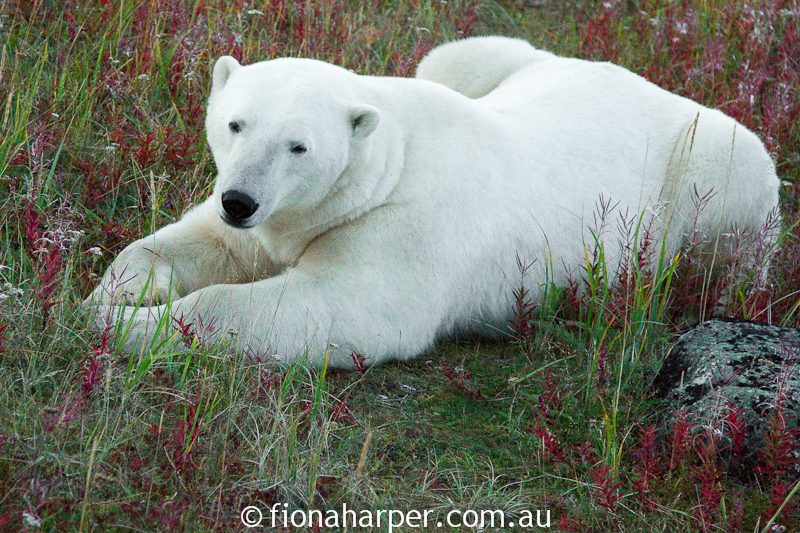

His medium pizza-sized paw prints are evident in the sand just beyond the shore where I’m standing. I’m anxious and feeling a little exposed in my black bathing suit, which I now realize makes me look suspiciously like lunch to Nanook: a tasty, albeit deformed, ring seal. To my right stands an Inuit sentry, shiny silver rifle slung across his shoulders, binoculars dangling from his neck, eyes scanning the ice. I recall the pamphlet I’d read earlier with its succinct advice when encountering a polar bear: “Do not run. Do not play dead”. Which didn’t seem to leave me too many options, beyond terror induced panic should an encounter arise.
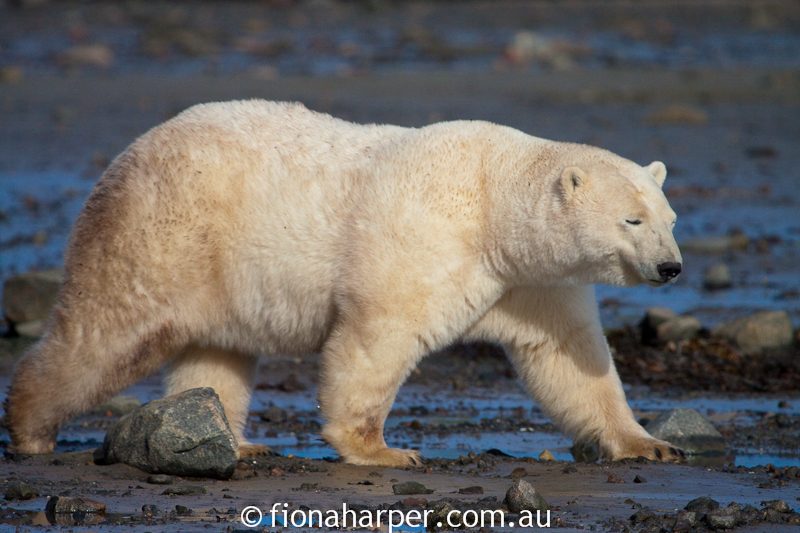

Just a few days into my Canadian journey that started with a cross country rail journey from Vancouver, I’d been mesmerized by a close encounter with a black bear, viewed from the safety of the train. About to tuck into pan seared pickerel (a local freshwater fish), I spotted my first wild bear. Astonishingly, I quickly realised that there were actually three bears. Two picked at a pile of discarded timber railway sleepers while the other stood tall on his rear legs observing our train. As we slid past, our eyes almost level, I estimated him to be the height of a small adult. His pelt the colour of the night appeared thick and glossy. We passed close enough to see the texture of his charcoal coloured nose.
Elated at the unexpected intimacy, tears sprung to my eyes. The excitement throughout the dining car was palpable. Even the crew who regularly work the route between Vancouver and Toronto appeared thrilled at such a close encounter. The exception was my two dining companions, who lived nearby, and were about to detrain, to use the onboard lingo. For them, bear sightings are rather ho-hum. Just like their partners in crime, deer and moose, bears are more of a pest than a novelty, destroying domestic gardens their main offense.
I’m told that these were black bears, which have a singular focus revolving entirely around sourcing food. Our encounter happened during late summer when they consume as much as possible in preparation for winter hibernation. In order to survive, they should double their body weight before bunkering down, ensuring they have enough fat stores to last the winter. Berries and nuts are favored, but when these are in short supply bears venture into urban areas. They particularly enjoy foraging in domestic vegetable and fruit gardens as my dining companions moaned about. But they’ll also eat insects and animal carcasses, and no doubt will threaten humans foolish enough to wander into their path.
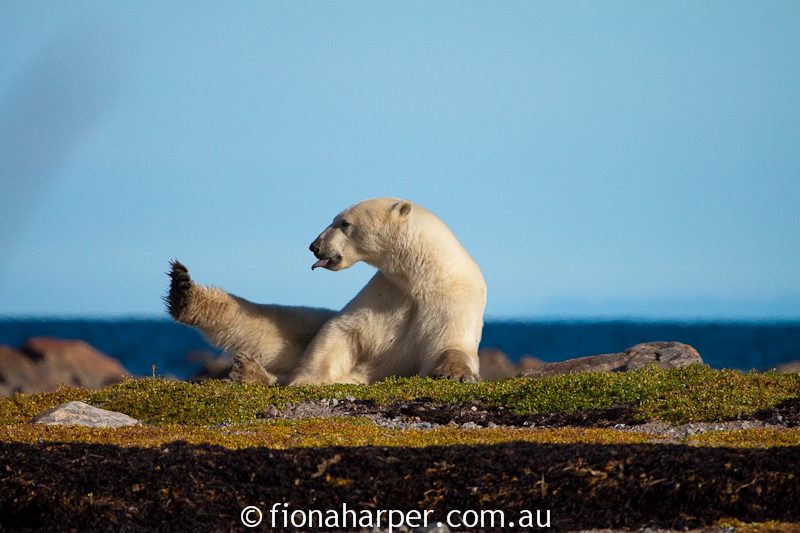

If kangaroos are on the must see list for visitors to Australia, polar bears are certainly the Canadian equivalent, despite their fierce reputation. Back shore-side amid the ice floes, the air temperature is a balmy 10 degrees Celsius, while the ocean in front of me is a not so balmy 3 degrees. Just above freezing point, polar bears are the least of my worries as I prepare for a polar swim 75 degrees north of the Equator. Standing by in the emergency kit is a defibrillator which I’m hoping remains wrapped in its weatherproof packaging.
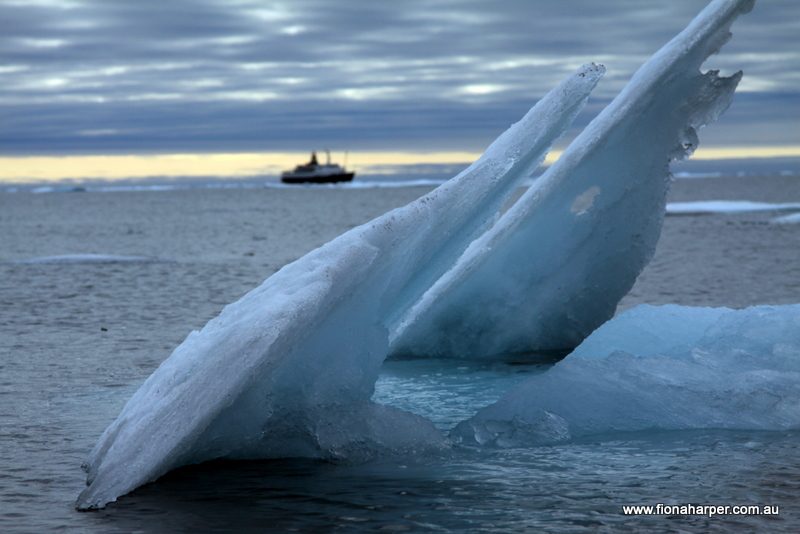

Along with seven other fellow passengers from our ship Lyubov Orlova, I take the plunge into the icy waters. Far less elegant than the seals we had watched earlier, I flounder ungainly in the shallows. As my body reacts to the cold and moves rapidly into survival mode, I immediately lose the sensation of touch in my extremities. Hobbling over the rocky shore, I can’t tell whether the rocks are smooth or sharp as my feet turn numb. I’m desperate to return to shore and get out of the icy water.
With his fur coat concealing a body built to sustain extended icy forages far offshore, I gain a new level of respect for Nanook. Desperate as I am to see him, I’m kind of pleased he’s hunting seals elsewhere today.
Fiona Harper travelled to Canada courtesy of the Canadian Tourism Commission and VIA Rail


Lonely Planet inspires slow travel with new guidebooks
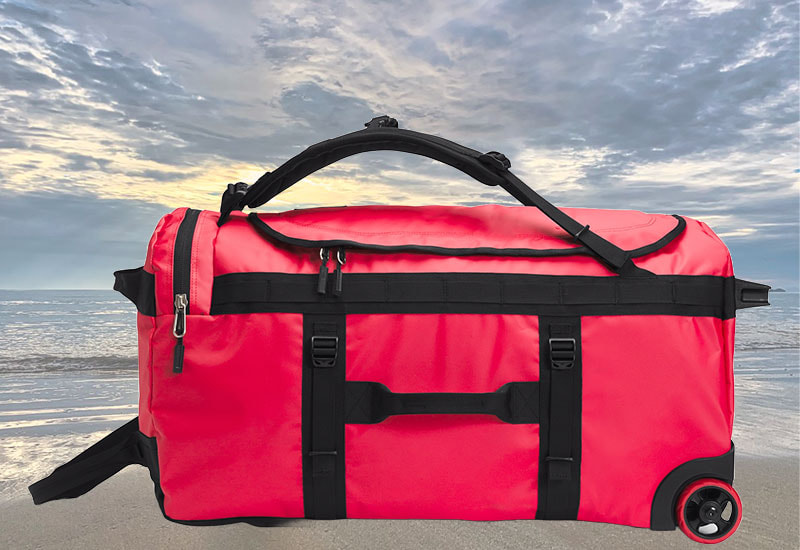

Luggage Review of Base Camp Roller Duffel bag from The North Face
Fiona Harper is a global traveller who demands a lot from her luggage. She put The North Face’s Base Camp Duffel Roller to the test on travels between the polar regions, almost twice around the world and all points in between.
How did the roller duffel, which she spent so much time with she named Ruby Tuesday, stack up? Scroll down to read Fiona’s luggage review.
Every single item in my travel bag is there for a purpose. As a professional traveller who spends much of the year on the road, I take luggage and packing seriously. I’ve packed up and moved onto to the next airport, hotel, ship, boat or whatever so many times, I can seriously go from waking up to out the door in less than 10 minutes. So this luggage review comes from real life experience across the globe.
Many of the essentials that make it into my luggage have multiple purposes. All are given a gig based on a rating of their usefulness, their weight and the amount of space they take up. If I was doing one or two trips a year it wouldn’t matter.
But I often travel back-to-back on assignments with little or no time in between trips to repack. During one extended period recently I spent two days at home in 15 months, living out of my Base Camp Roller Duffel bag as I travelled between north and south polar latitudes and almost twice around the world. I travelled by plane, train, ship, sailboat, by car, by bus and by bike. My luggage needs to keep up with this often gruelling schedule.
Some people take novelty ‘friends’ or toys on their travels, photographing them in iconic locations around the world. It’s a fun sort of way to add a theme to travels and the photos shared on socials. You’ve all seen garden gnomes at the Eiffel Tower, right?
Sadly, I don’t have the space in my travel gear for such indulgences.
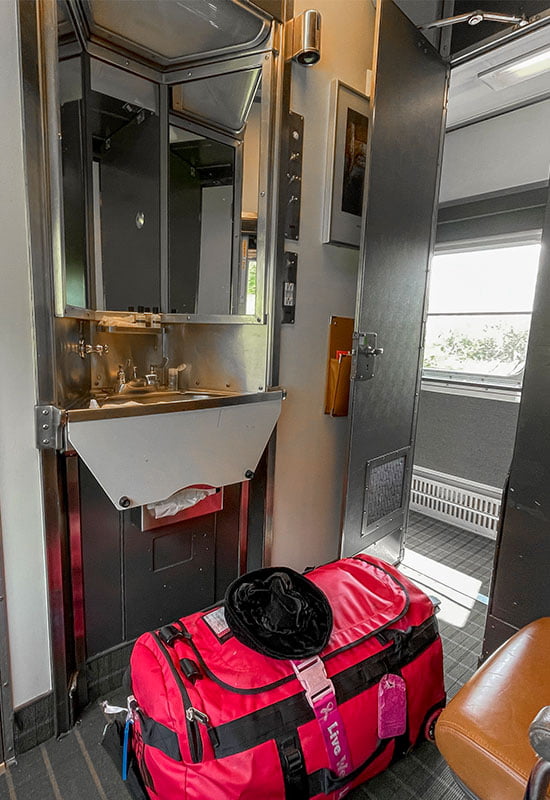

The right luggage can make or break a trip
Everything has a dual purpose. For example, a well-travelled black sarong works overtime as a beach or pool coverup, has been seen to grace the red carpet as a skirt or shoulder wrap at fine dining restaurants, but is is most commonly seen on aircraft as either a blanket or a headscarf blocking out the light so I can catch some sleep. In Muslim countries it’s perfectly modest to pass as a chador.
My not-quite-as-well-travelled wet weather jacket is also a serial multi-tasker. When not keeping rain or sea spray at bay it’s rolled up into its inbuilt hood and doing time as a cushion wedged against the wall of an aircraft window seat. Elastic sided black Hush Puppy walking boots have gone from hiking trails to 5 star hotel to a Texas dance floor all in one day. Likewise a pair of black cargo pants teamed with a black merino wool thermal top which just needs a colourful scarf to go from walking city streets or Arctic explorations to sophisticated dinner. Colourful cotton tunic tops (hello West Indies Wear!) brighten up tropical days or Antarctic nights when teamed with aforementioned merino underlayers.
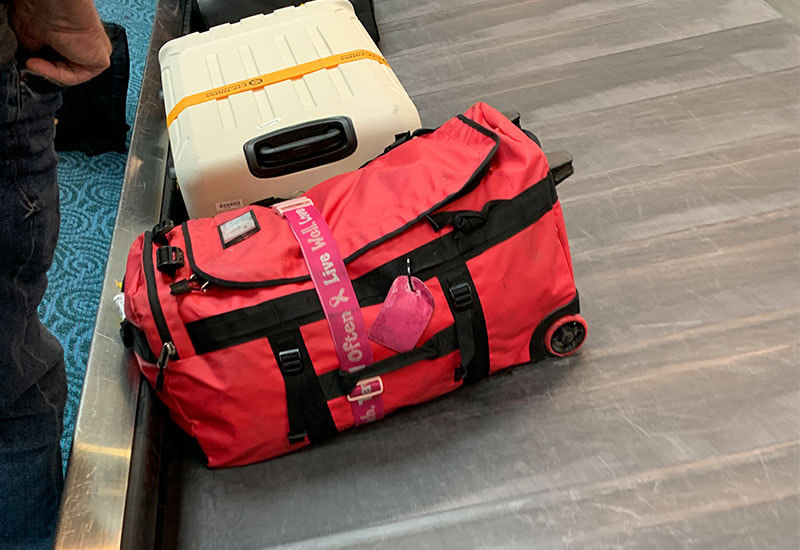

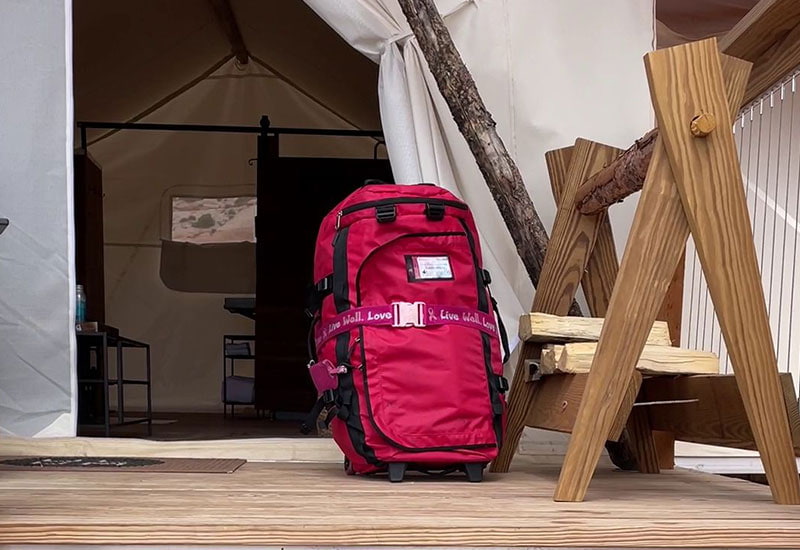

Choose luggage that is robust
So when I went looking for luggage that was up to the task of accompanying me on global travels, the first thing I looked for was a multi-tasking travel bag. The well-travelled folks at The North Face get this.
My bag had to be able to cope with all the rigours of travel, stand up to being tossed around by uncaring baggage handlers, keep my worldly goods safe and not damage my things safely tucked within its inner. But number one priority was that it had to be tough.
The bag had to stand up to being tossed into the bilges of small boats, piled atop stores in milk-run 6 seater aircraft, dragged across beaches and gravel airstrips while also frocking up to fancy hotel foyers and not embarrassing me with its travel-worn scars.
The North Face makes serious luggage for travellers
As a professional mostly solo, full time traveller, my luggage is almost an extension of myself.
My bag of choice from The North Face is the 97 litre-capacity Base Camp Duffel Roller. It’s fair to say I’ve put Ruby Tuesday through a rigorous challenge over almost two years of travel. Though she bears the scars of transiting through more than 100 airports (as do I… continous travel is not for feeble), she’s still in travel-ready shape and looks like she’ll outlast me.
We’ve spent so much time together I feel a weird sort of affection for my duffel bag.
I’ve said a mental goodbye to her so many times at airport check-ins I christened my scarlet red bag Ruby Tuesday. Ruby has not let me down once, turning up on queue at baggage carousels every single time. (Thank you to all the unknown baggage handlers who have managed this feat).
Here’s some of the reasons I wholeheartedly recommend and endorse this bag, whether you’re taking your first overseas trip or are a seasoned traveller who’s lost count of airports transited through.
For the statistic nerds, this Ruby Tuesday’s 22 month travel diary during 2022/23:
- Days on the road: 388
- Airports transited: 128
- Flights: 100+
- Trips: 33
- Countries: 17
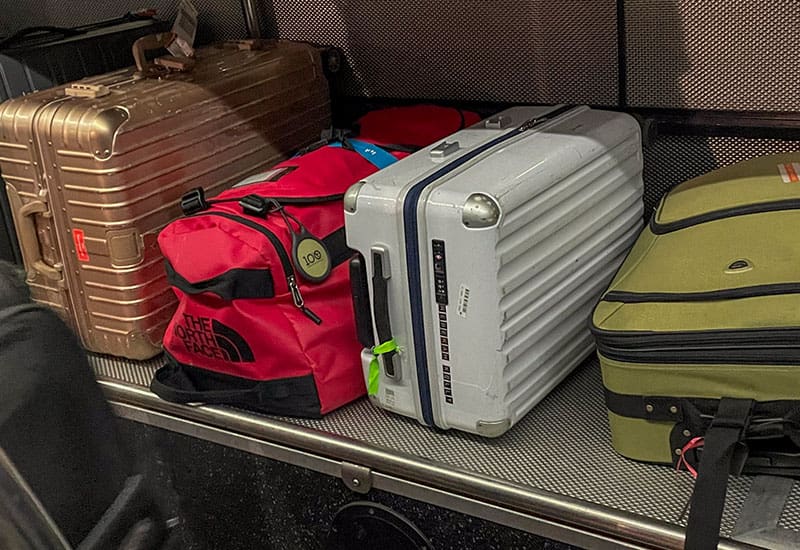

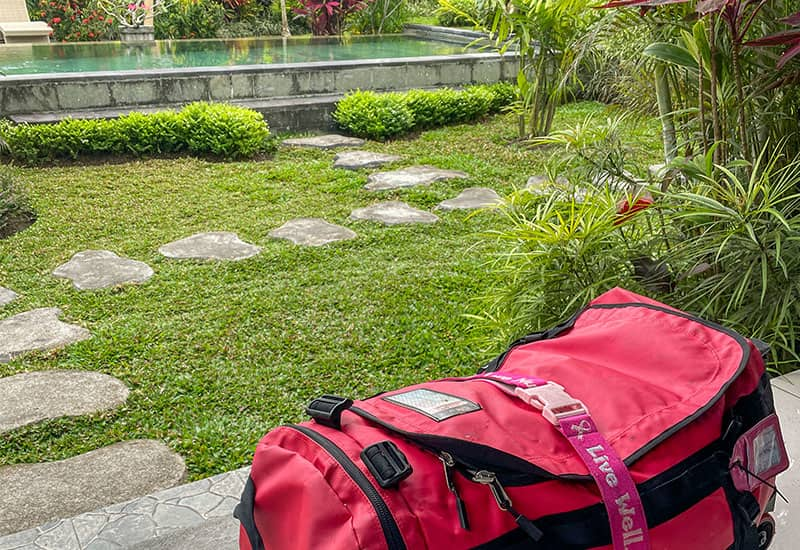

Here’s what I like about the Base Camp Roller Duffel
- Sturdy wheels – honestly I can’t believe these two wheels are still functioning. I’ve put them through far more jobs than their pay scale warrants. And still they keep rolling relentlessly towards my next destination.
- Soft outer shell – I do a lot of trips that take me off the beaten track. Whether that’s travelling on small ships, even smaller sailboats or perhaps zipping between islands on a teeny powerboat. Other times I’m getting around in seaplanes or helicopters. All of which have limited cargo space. Few have capacity to squeeze a hard-shell four-wheeled suitcase into their holds. The soft sides of the Base Camp Duffel Roller mean the bag can actually be squeezed into tight spaces. Ruby Tuesday is a little like a shape shifting octopus morphing into different shapes depending upon her environment.
- Flexible carrying options – The Base Camp Duffel Roller has two top straps. One has flexible lengths and is for rolling the bag on its twin wheels. The other is the kind that baggage handlers and porters love when they need to hoist the bag onto a trolley. But the best carrying option is the addition of backpack straps. Though I don’t use this too often, this feature comes into its own when travelling to far-flung islands, like in Fiji or the Solomon Islands for example. When a burly Fijian man greets me on the beach and offers to carry my bag, I couldn’t be more grateful to show him the backpack straps as he hoiks the heavy bag onto his shoulders like its the weight of fairy floss. I wish my own shoulders were as strong… sigh.
Features of the Base Camp Roller Duffel
Other features I really like:
- Though Ruby Tuesday is ostensibly a duffel bag, the solid base and wheels mean she’s robust enough to stand vertically (this becomes usefully apparent when moving through airports or when waiting for ubers, buses or taxis.
- Side compression straps mean the bag can be made smaller when space is at a premium.
- Waterproof outer shell and rainproof zip flap – though Ruby is unlikely to survive full immersion, the main zip and overlaid flap keeps pretty much all water out. Same with the one-piece main compartment. If she sits in a boat bilge with water lapping I’m too concerned about my worldly possessions getting soaked.
- Internal capacity is huge. One mesh pocket runs along the top inner flap, and is useful for storing paperwork and maps I collect along the way. I use compression bags to keep everything sorted and easily found – like a filing system. One each for bottoms, tops, smalls, shoes, tech gear etc.
- There’s a top zippered compartment that’s separate to main compartment and is useful for stashing travel gear I want quick access to – jacket, notebook, spare clothes etc.
Overall this roller duffel is incredibly strong and even after almost two years of near-constant travel the outer material shows no sign of tears or holes that other soft bags are susceptible to. I’m seriously impressed.
Here’s what I didn’t like about the Base Camp Roller Duffel
There’s few things that I didn’t like about this bag, given all of the above and all the challenges I put it through.
Except… It’s big volume and non-compartmentalised interior means it can be really hard to find things. Often I would just pull everything out which meant my hotel room quickly became a hot mess. Once I discovered packing cubes that problem was sorted (I don’t why it took me so long to discover these gems!).
More information The North Face
Note: Base Camp Duffel Roller was provided to the writer for review purposes.
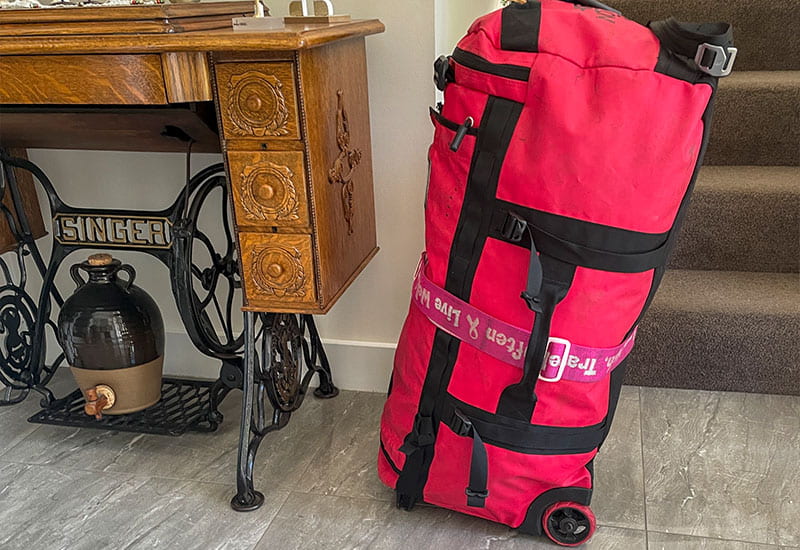

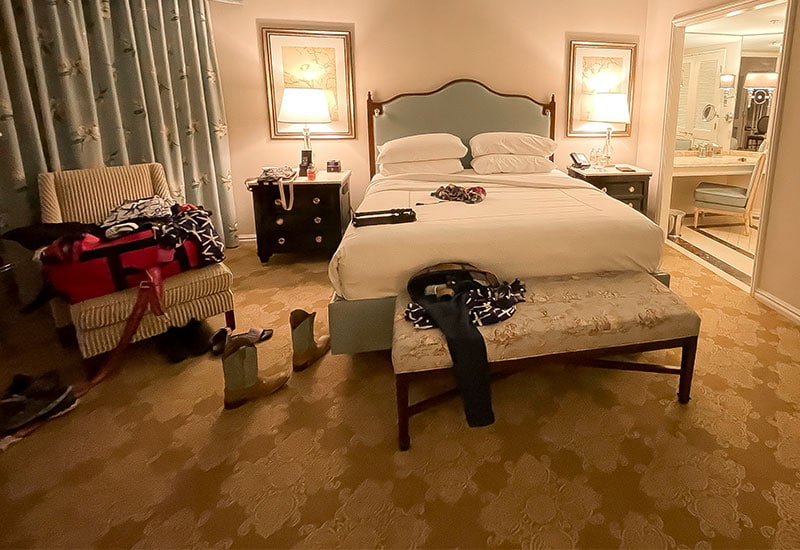





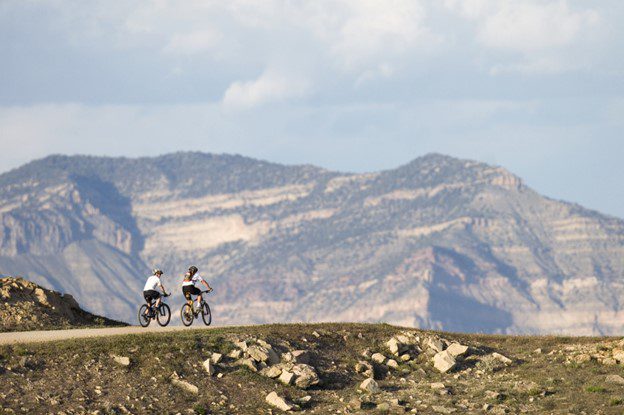
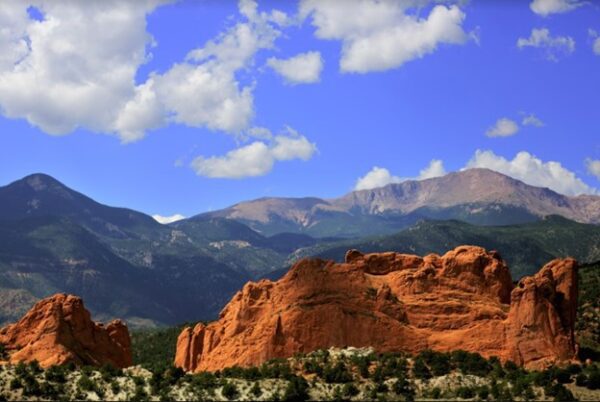
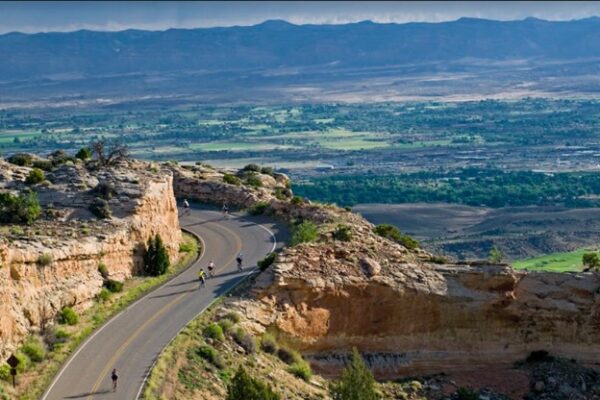


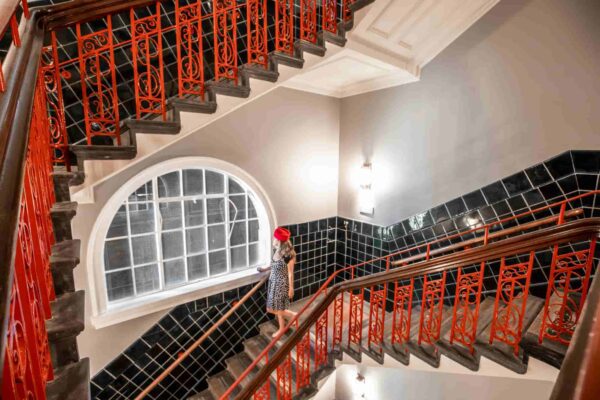
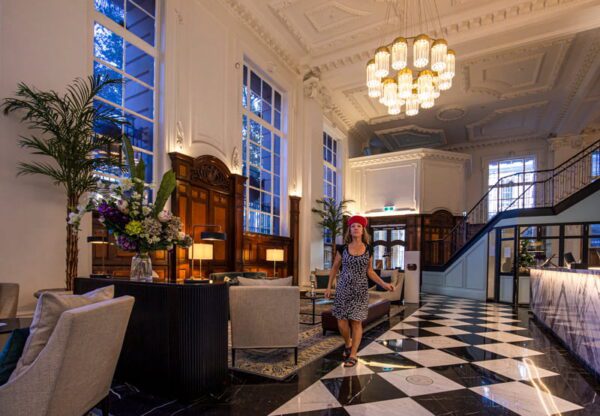





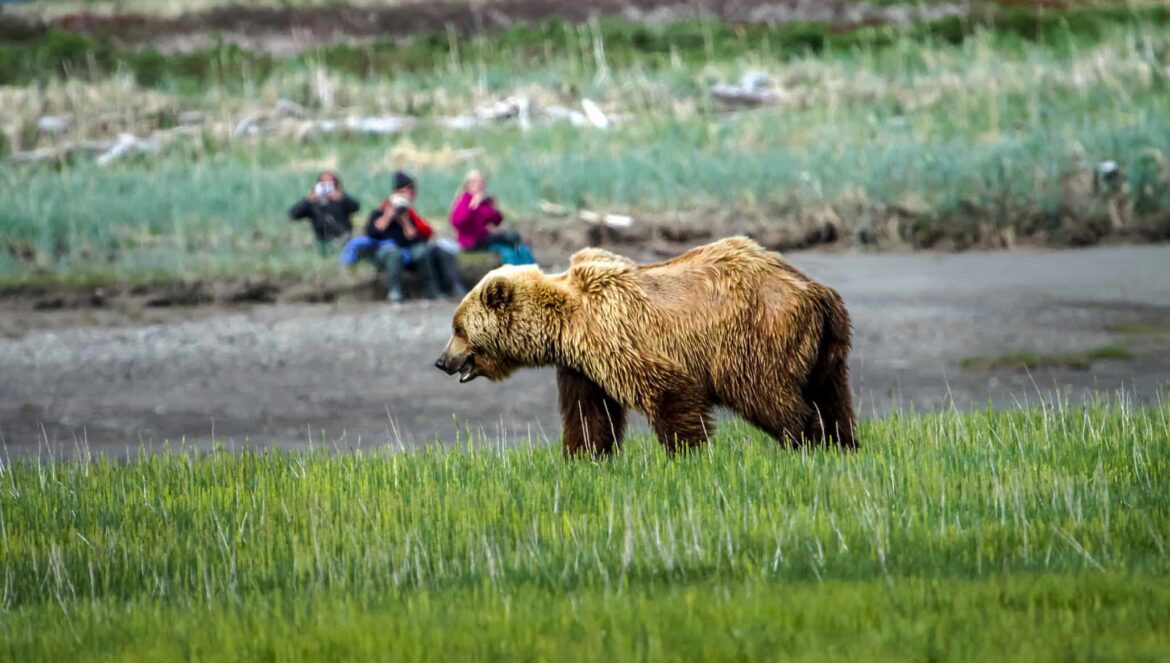
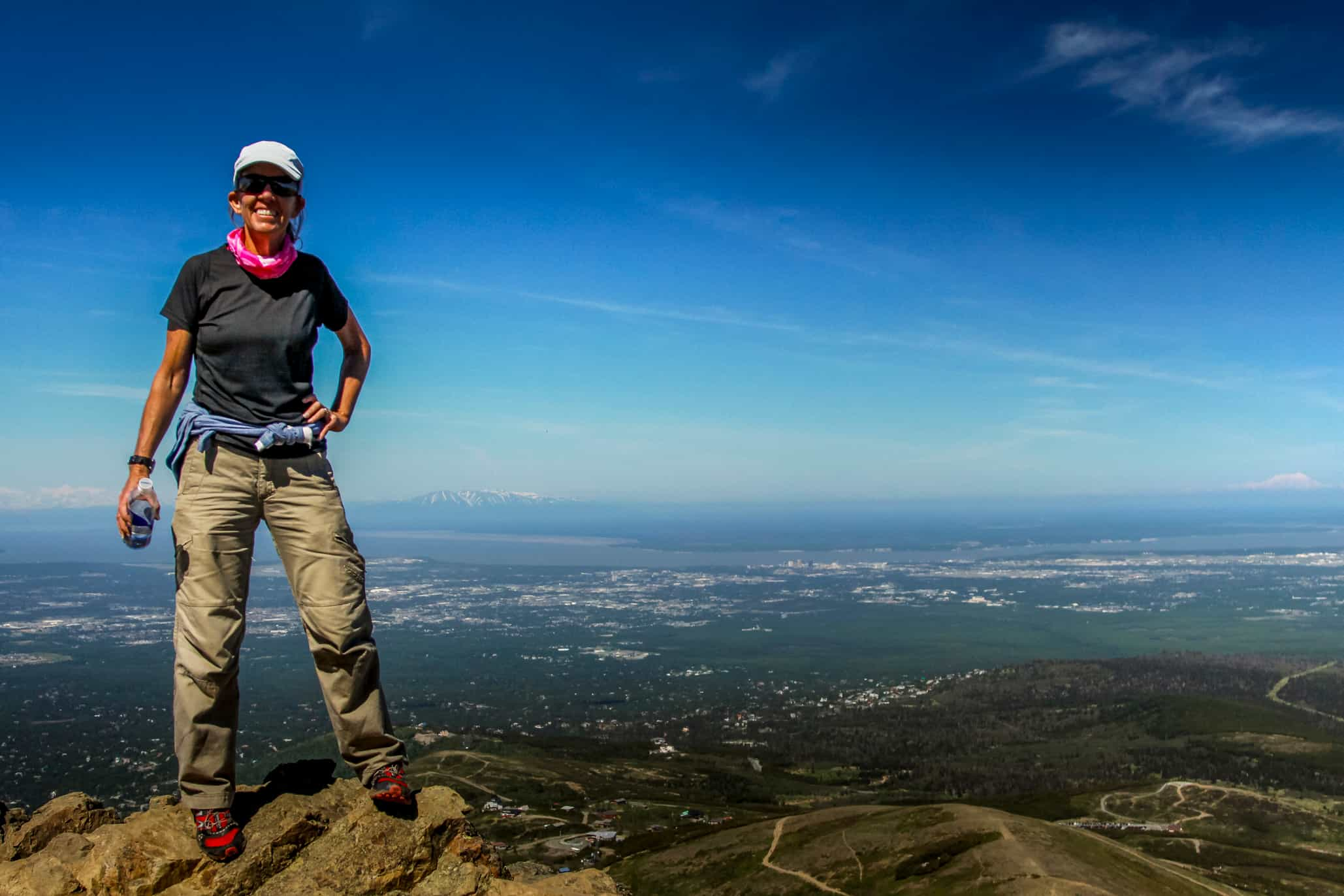
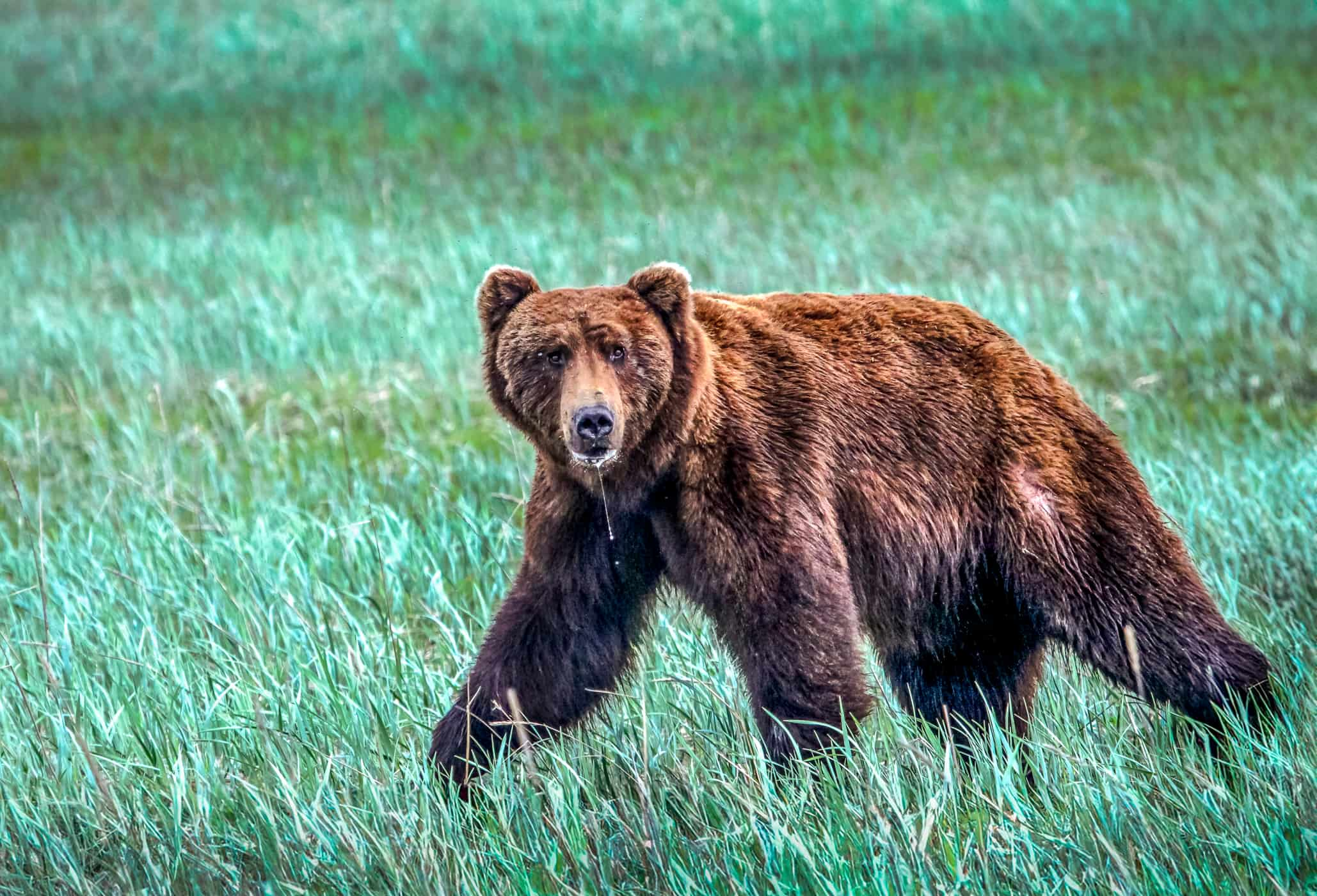

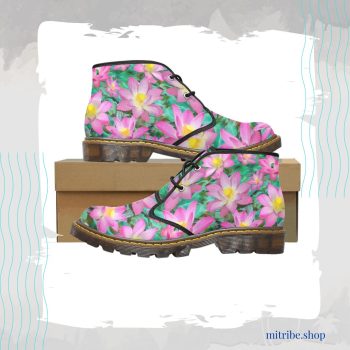
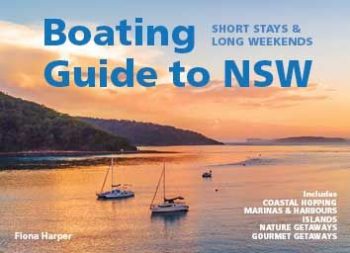





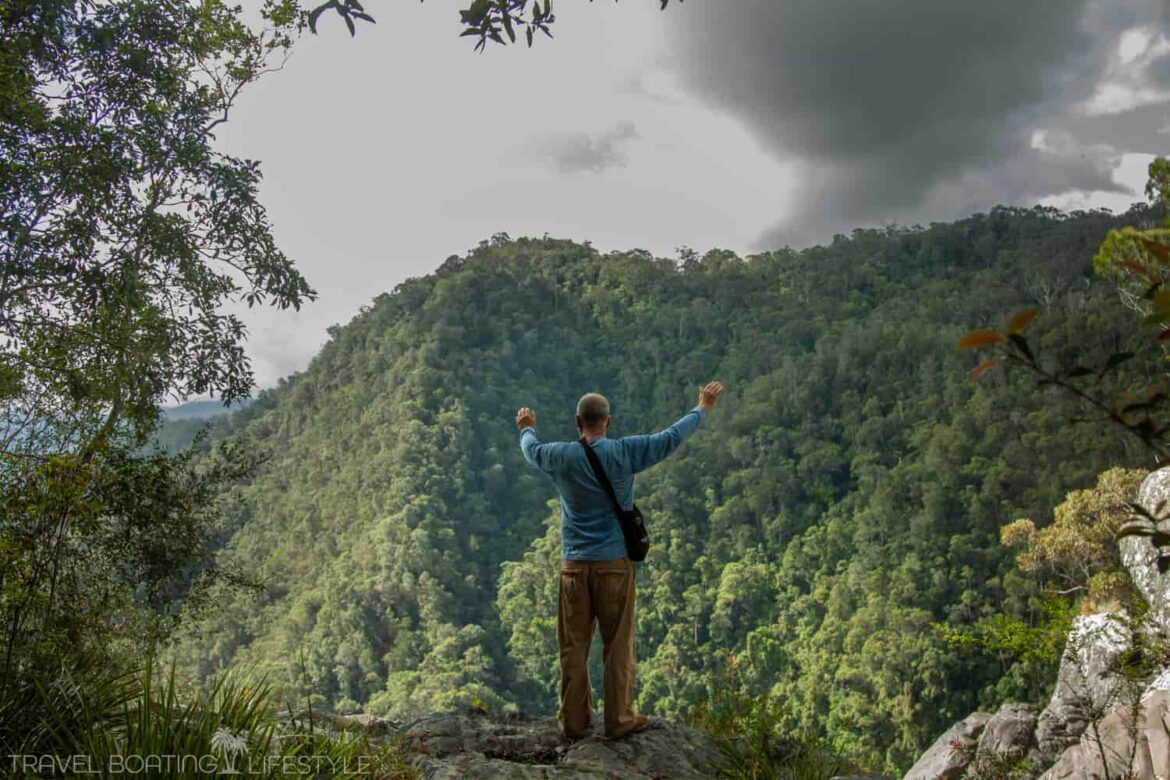
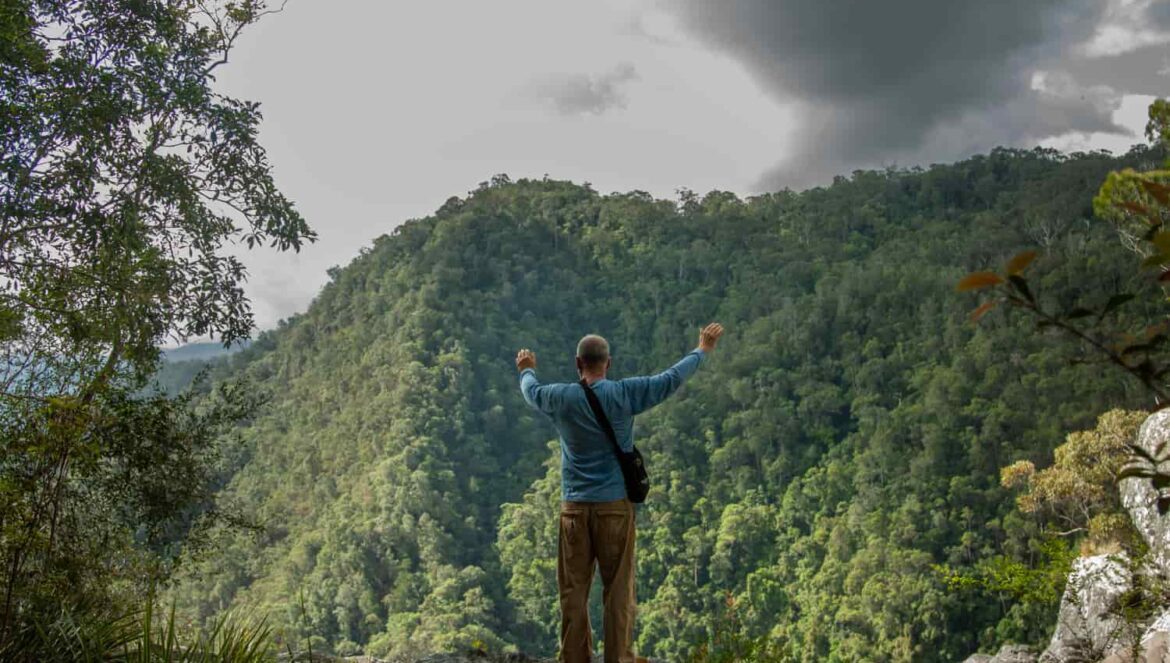
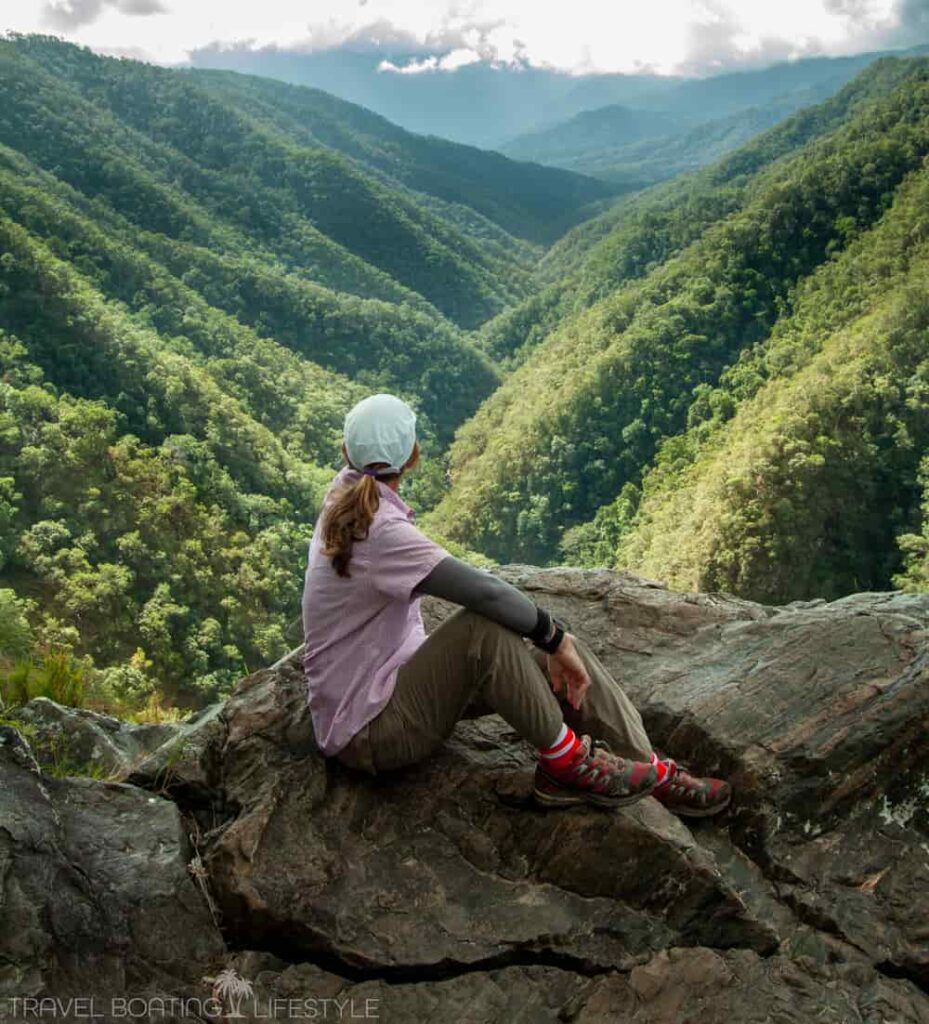
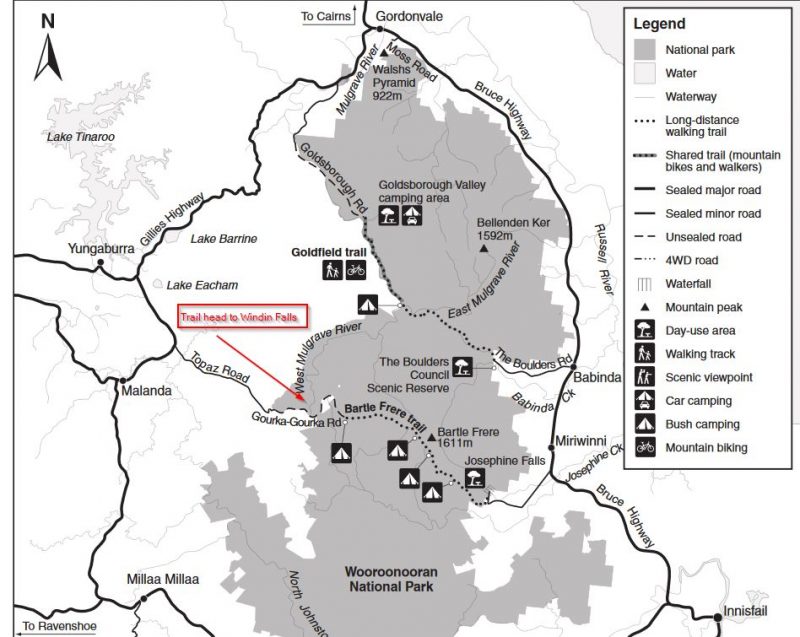




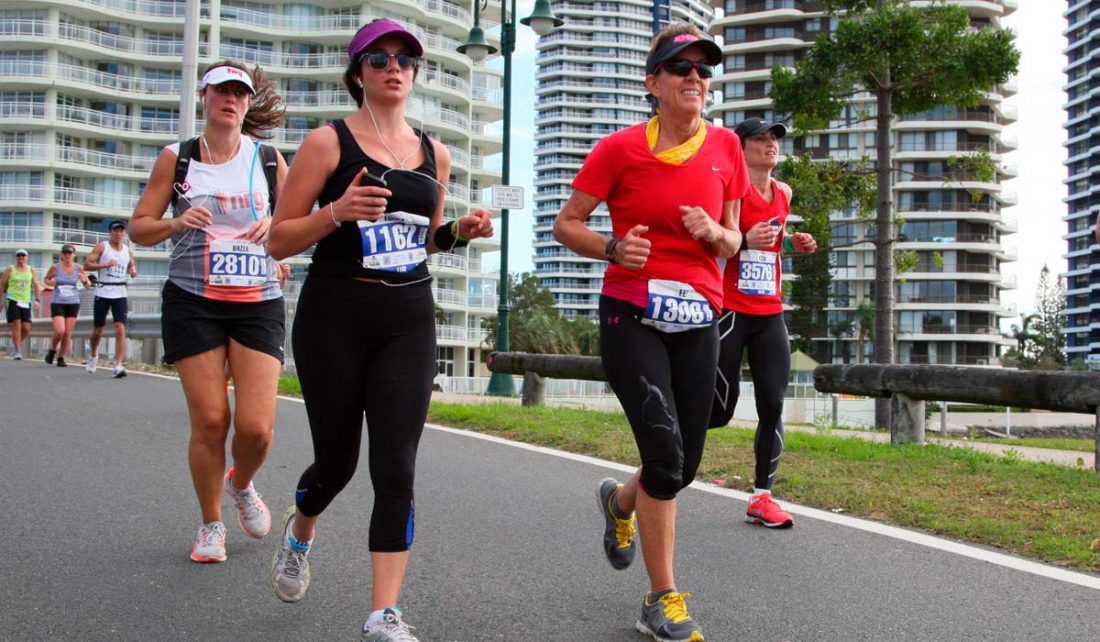
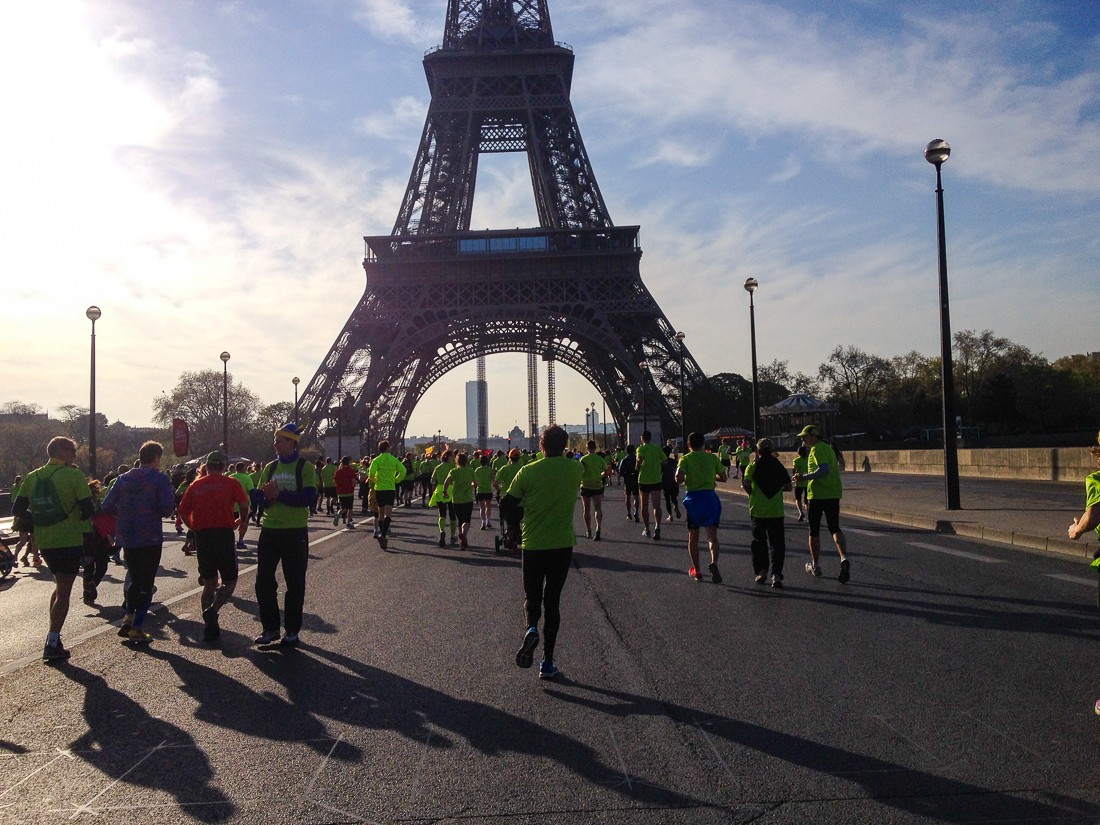
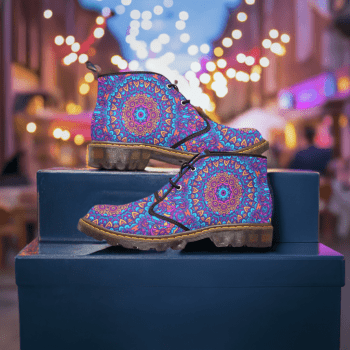
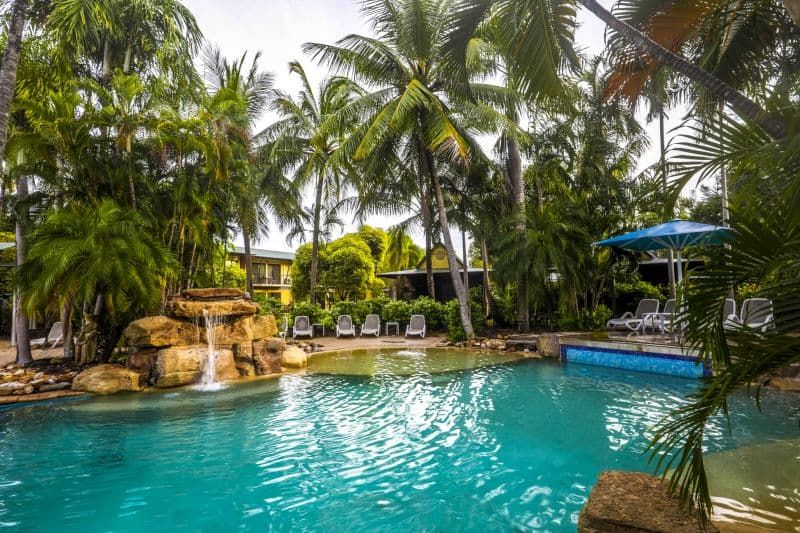

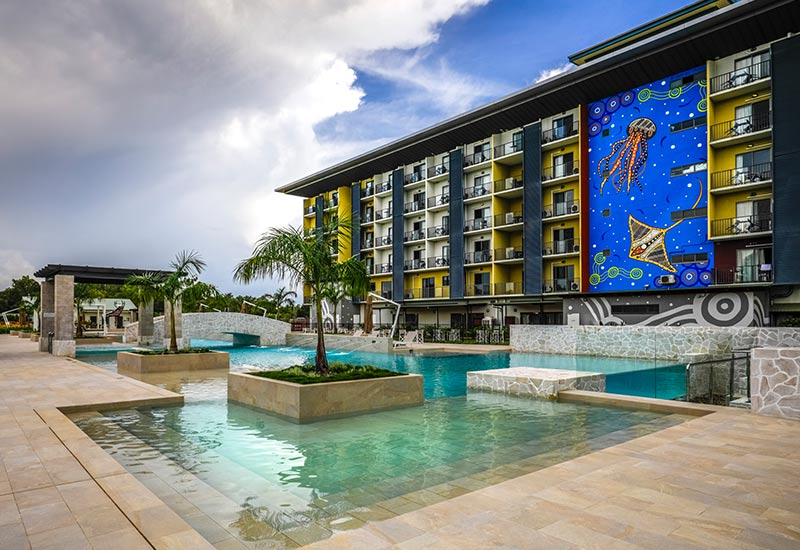

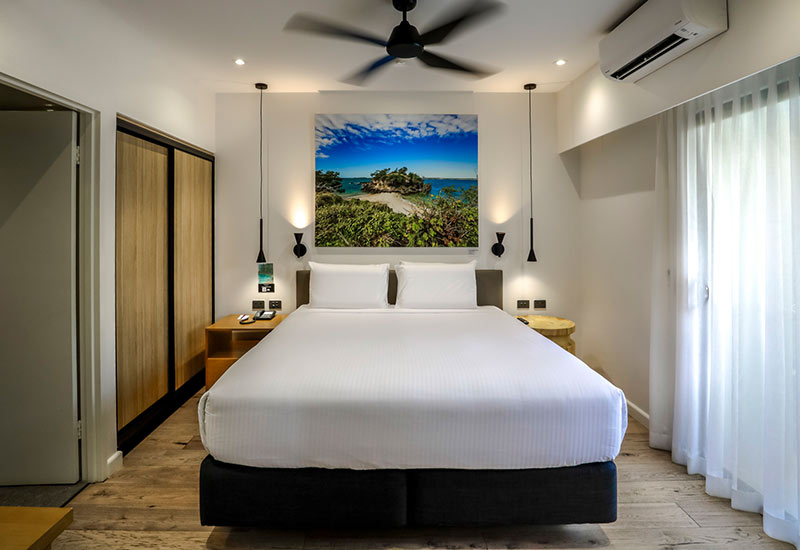
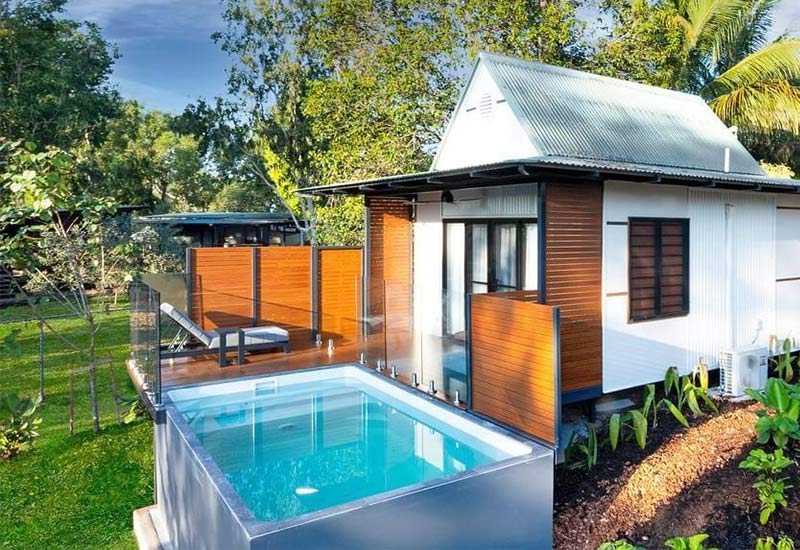

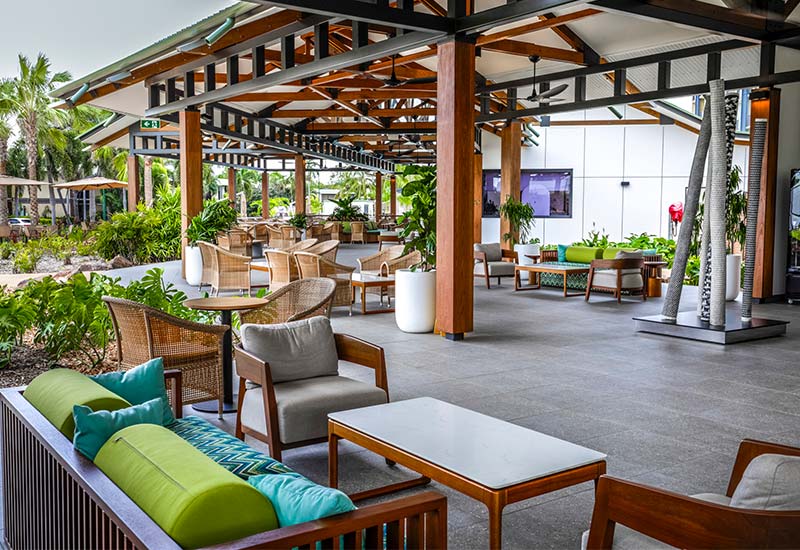



1 comment
Fiona I’ve just relived the excitement and preparation needed for this amazing event. Having JC and JR there to witness your success was heart warming. we were there witnessing every digital step.
just loved reading your well written article.
Mum (Claudette)